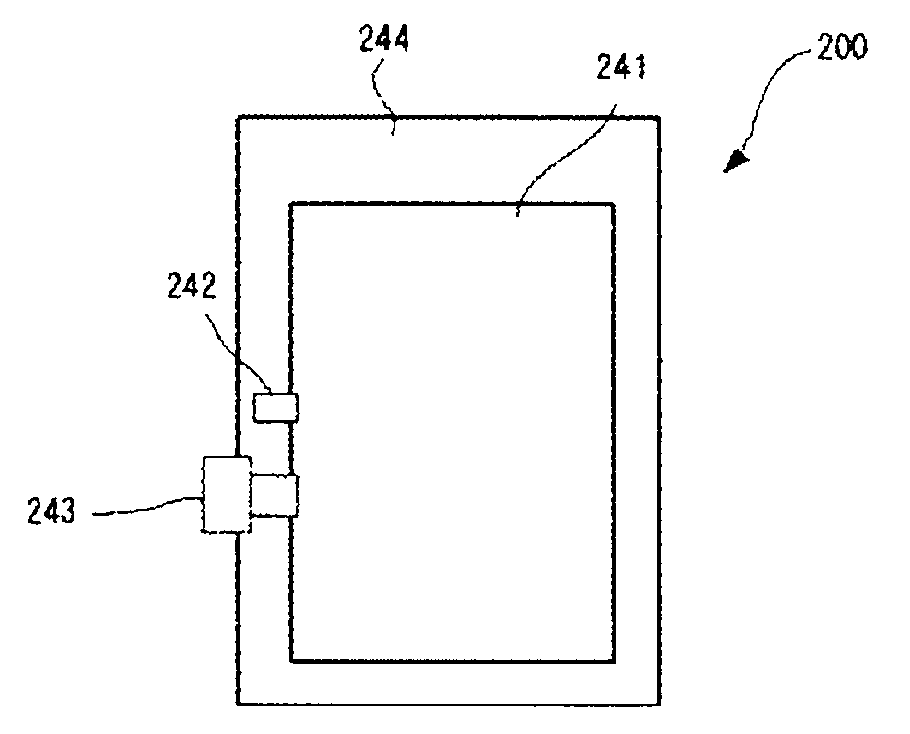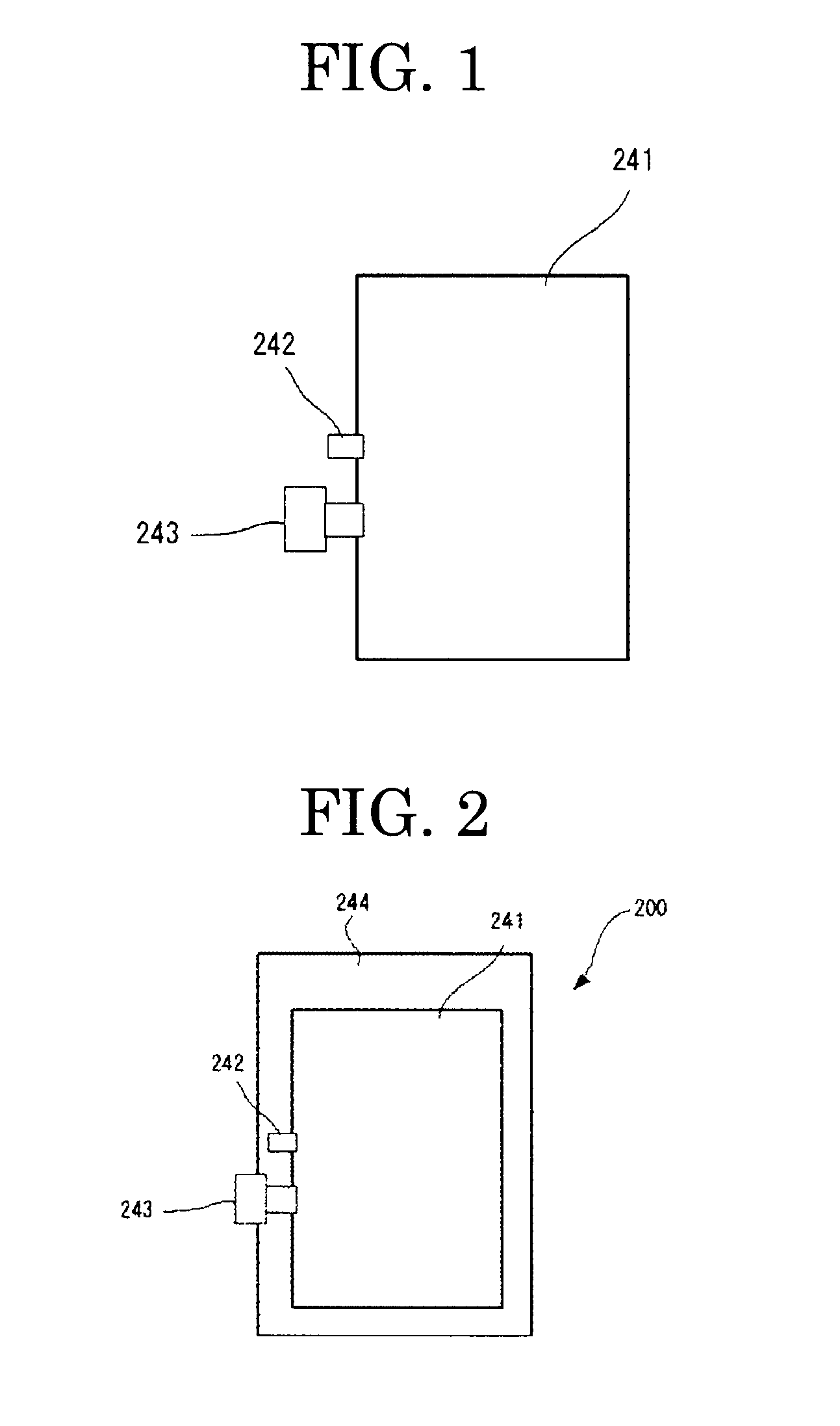Inkjet recording ink, ink cartridge and inkjet recording method
a technology of inkjet recording and ink cartridge, which is applied in the direction of inks, printing, duplication/marking methods, etc., can solve the problems of ink easily bubbled, excessive bubbling, and ink that employs an ordinary hydrocarbon-based surfactant can hardly reach the level of dye-based ink, etc., to achieve excellent image quality, alleviate the problem of ink adhesion to the recording head, and high viscosity
- Summary
- Abstract
- Description
- Claims
- Application Information
AI Technical Summary
Benefits of technology
Problems solved by technology
Method used
Image
Examples
preparation example 1
of Coloring Material Dispersion
Preparation of Cyan Dispersion
—Preparation of Polymer Solution—
[0154]Firstly, referring to Preparation Example 3 described in JP-A No. 2001-139849, a 1-L flask equipped with a mechanical agitator, a thermometer, an nitrogen gas introduction pipe, a reflux pipe and a dropping funnel was purged with nitrogen gas before preparing a polymer solution. Subsequently, 11.2 g of styrene, 2.8 g of acrylic acid, 12.0 g of lauryl methacrylate, 4.0 g of polyethylene glycol methacrylate, 4.0 g of styrene macromer (AS-6: tradename, available from Toagosei Co., Ltd.) and 0.4 g of mercaptoethanol were put into the flask as starting materials and the temperature of the inside of the flask was raised to 65° C. Then, a mixture solution of 100.8 g of styrene, 25.2 g of acrylic acid, 108.0 g of lauryl methacrylate, 36.0 g of polyethylene glycol methacrylate, 60.0 g of hydroxyethyl methacrylate, 36.0 g of styrene macromer (AS-6: tradename, available from Toagosei Co., Ltd.),...
example 1
Sample Preparation of Cyan Ink 1
[0164]An ink composition according to the specification shown below was prepared. Subsequently, Cyan Ink 1 was prepared by filtering the composition through a membrane filter of an average pore size of 0.8 μm.
[0165]cyan dispersion of Preparation Example 1 (solid fraction: 20.0% by mass) . . . 30.0% by mass
[0166]surfactant A (compound of General Formula (1) (X=2, Y=2, X+Y=4, Rf=CF2CF3) . . . 0.2% by mass
[0167]surfactant B (compound of General Formula (2a) (R3 is a hexyl group having 6 carbon atoms and R4 is a hexyl group having 6 carbon atoms, the total number of carbon atoms of R3 and R4=11 to 13, r=5, s=3.5) . . . 0.8% by mass
[0168]glycerin . . . 10.0% by mass
[0169]D-sorbitol . . . 10.0% by mass
[0170]acrylic acid emulsion (JONCRYL PDX-6102B: tradename, available from BASF Japan) . . . 2.0% by mass
[0171]2,2,4-trimethyl-1,3-pentanediol . . . 2.0% by mass
[0172]lithium hydroxide . . . 0.1% by mass
[0173]anti-septic agent (PROXEL LV: tradename, available f...
example 2
Sample Preparation of Black Ink 1
[0176]An ink composition according to the specification shown below was prepared. Subsequently, Black Ink 1 was prepared by filtering the composition through a membrane filter of an average pore size of 0.8 μm.
[0177]black dispersion of Preparation Example 4 (solid fraction: 20% by mass) . . . 50.0% by mass
[0178]surfactant A (compound of General Formula (1) (X=2, Y=2, X+Y=4, Rf=CF2CF3) . . . 0.83% by mass
[0179]surfactant B (compound of General Formula (2a) (R3 is a decanyl group having 10 carbon atoms and R4 is an ethyl group having 2 carbon atoms, the total number of carbon atoms of R3 and R4=11 to 13, r=5, s=3.5) . . . 0.17% by mass urea . . . 27.0% by mass
[0180]styrene-acrylic resin emulsion (JONCRYL 7100: tradename, available from BASF Japan) . . . 2.0% by mass
[0181]2-amino-2-ethyl-1,3-propanediol . . . 0.2% by mass
[0182]anti-septic agent (PROXEL LV: tradename, available for Avecia) . . . 0.1% by mass
[0183]ion exchange water . . . balance
[0184]tot...
PUM
| Property | Measurement | Unit |
|---|---|---|
| particle diameter | aaaaa | aaaaa |
| viscosity | aaaaa | aaaaa |
| viscosity | aaaaa | aaaaa |
Abstract
Description
Claims
Application Information
 Login to View More
Login to View More - R&D
- Intellectual Property
- Life Sciences
- Materials
- Tech Scout
- Unparalleled Data Quality
- Higher Quality Content
- 60% Fewer Hallucinations
Browse by: Latest US Patents, China's latest patents, Technical Efficacy Thesaurus, Application Domain, Technology Topic, Popular Technical Reports.
© 2025 PatSnap. All rights reserved.Legal|Privacy policy|Modern Slavery Act Transparency Statement|Sitemap|About US| Contact US: help@patsnap.com



